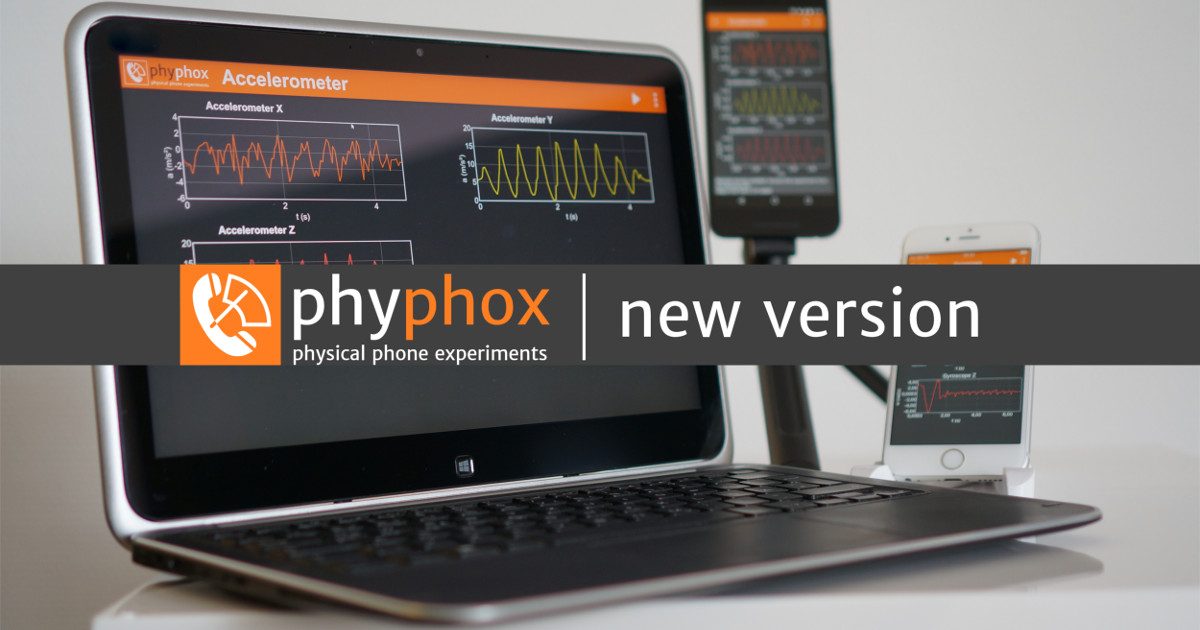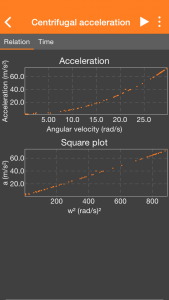Besides releasing a minor update with a bunch of fixes, there has been a lot of great coverage of phyphox over the last week. So, here they are in no particular order (well, I put the English ones at the top).
AAPT webinar: Using smartphones to teach physics
Well, this is not exactly press coverage and technically it’s not in the past seven days, but I still want to mention this at the top, because it was a great web-event by the American Association of Physics Teachers (AAPT) on December the 10th, which brought together many people from around the globe pioneering smartphone physics. Thanks a lot to AAPT’s Rebecca Vieyra for hosting the session. Hopefully, a recording will be available online soon…
Gorilla Physics
Kit Betts-Masters, a physics teacher from the UK, has covered phyphox on his Youtube channel “Gorilla Physics”, which you can check out here.
Bildung Zukunft Technik (German)
There was a short but enthusiastic mention in the German podcast bildung-zukunft-technik.de in their “nice apps” category.
chip.de (German)
The widely known German computer magazine has covered us on their webpage in their app category.
iphone-ticker.de (German)
On the 10th of December, iphone-ticker.de featured an article about phyphox on their front-page, which generated an estimate of 10.000 new installs on Apples App Store over the weekend.
Die Zeit (German)
The German newspaper “Die Zeit” (edition from 15 Dec, p. 38) mentioned phyphox in an article about presents for those enthusiastic about knowledge and technology.
One More Thing (Dutch)
At the beginning of the week (12 Dec), we were featured on onemorething.nl from the Netherlands.



